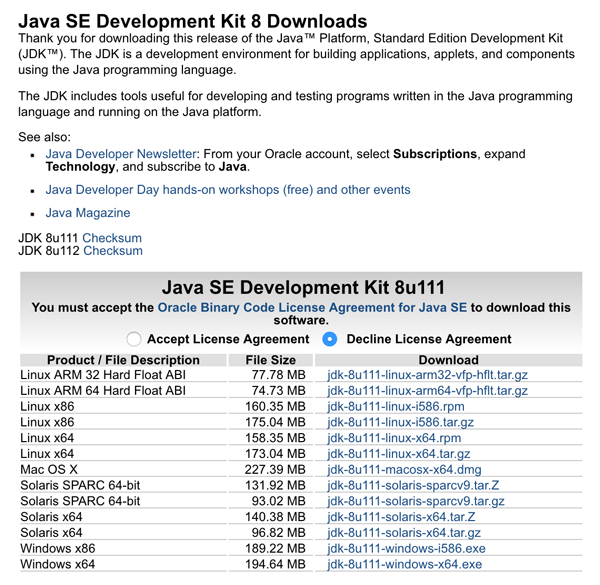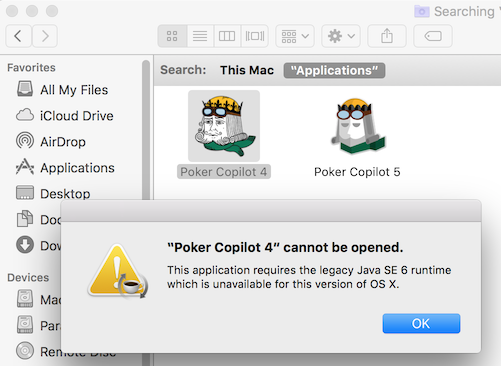Java is no longer installed with a OS X 10.11 El Capitan clean install, and you’ll find that after updating a Mac a prior version of JRE may no longer function.
How to fix this application requires the legacy Java SE 6 runtime which is unavailable for this version of the OS XIf anyone is using the beta version of El.

You may come across when trying to use some particular applications or web content, “This application requires the legacy Java SE 6 runtime which is unavailable for this version of OS X.” error message, which means if you want to run that app you’re going to need to use an older version of Java. Sap crystal reports 2013 keygen.
- El Capitan For Imac Mid 2007 Patch. Mac OS El Capitan was released to manufacturing on 20th September 2015, almost three and a half years ago. Its latest version 10.11.6 (15G22010) was released on 9th July 2018, almost 7 months ago. It runs on the platform including x86-64.
- Java for OS X 2015-001 installs the legacy Java 6 runtime for OS X 10.11 El Capitan, OS X 10.10 Yosemite, OS X 10.9 Mavericks, OS X 10.8 Mountain Lion, and OS X 10.7 Lion. This package is exclusively intended for support of legacy software and installs the same deprecated version of Java 6 included in the 2014-001 and 2013-005 releases.
- Mac OS X and Apple Java 6 End of Life. Apple has posted notice that Mac OS X 10.11 (El Capitan) will be the last OS X release that supports Java 6, and as such, recommends developers whose applications depend on Java 6 to migrate their apps to a newer Java version provided by Oracle. » More info (apple.com) Can I use Chrome with Oracle Java on.
If you do not need Java, you should not install Java. Java is, and always has been, the source of many security holes.

Here’s how you can install JRE (Java Runtime Environment).
Step 1. Open Safari and go to the Oracle Java downloads page and download the JRE .tar.gz version. You should end up with a file named something similar to jre-8u65-macosx-x64.tar.gz.

Step 2. Go to your Downloads folder and extract the JRE download or use Terminal to extract files:
Step 3. Open Terminal

Step 4. Edit the Info.plist file within to enable the JRE to be used from the the command line, and from bundled applications:

Step 5. Move the JRE folder to the correct location:
Type password on prompt.
Be sure you are in the correct directory (the JRE folder) when you issue this command, because it will move your current directory to /Library/Java/JavaVirtualMachines/!
Step 6. Create a link to add backwards compatibility for some applications made for older Java versions:
Java Mac El Capitan
You should be done now, so try and open the application. If it does not work, some applications require legacy Java 6 to be installed.
You can have it installed without actually using it, however, it’s possible to trick the applications into thinking legacy Java 6 is installed, without actually doing so.
Uninstall Java Mac El Capitan
Step 1.Disable SIP (System Integrity Protection) in OS X El Capitan. Here is tutorial to disable and enable SIP.
Java Jdk Mac Os X El Capitan
Step 2. Trick some applications into thinking that legacy Java 6 is installed by creating two folders with the following commands in Terminal:
Java Per Mac El Capitan
Step 3. Don’t forget to enable SIP again after creating these directories.